- Thread starter
- #101
Airframes
Benevolens Magister
Thanks Wojtek !
Follow along with the video below to see how to install our site as a web app on your home screen.
Note: This feature may not be available in some browsers.
Ad: This forum contains affiliate links to products on Amazon and eBay. More information in Terms and rules
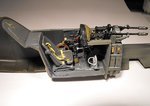
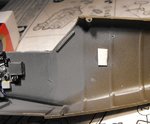
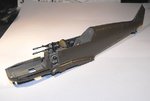
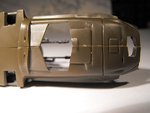
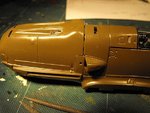
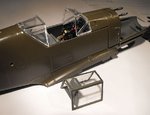
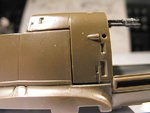
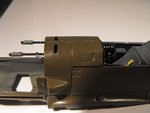
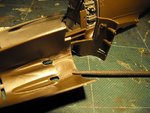
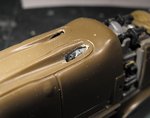
Fantastic work Terry!
A question too - how come the brown trim wheel? I thought these were always painted in the interior colour?